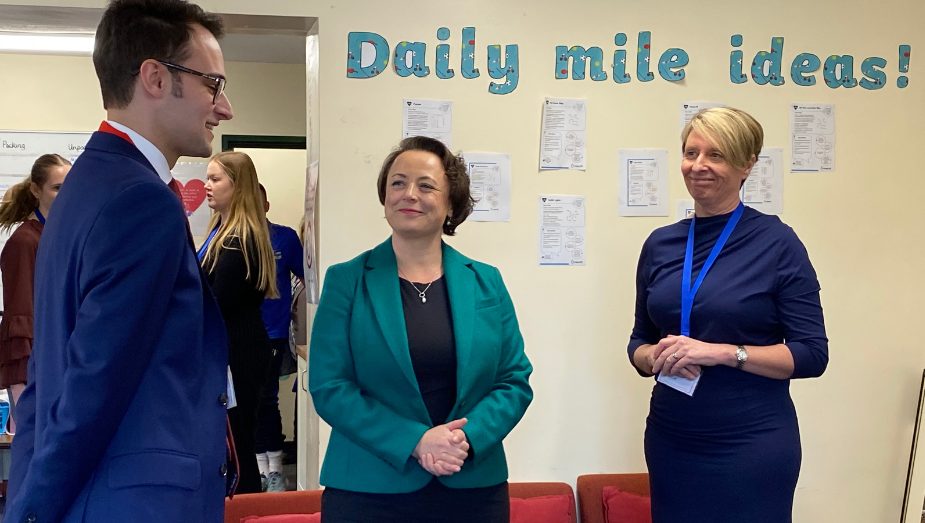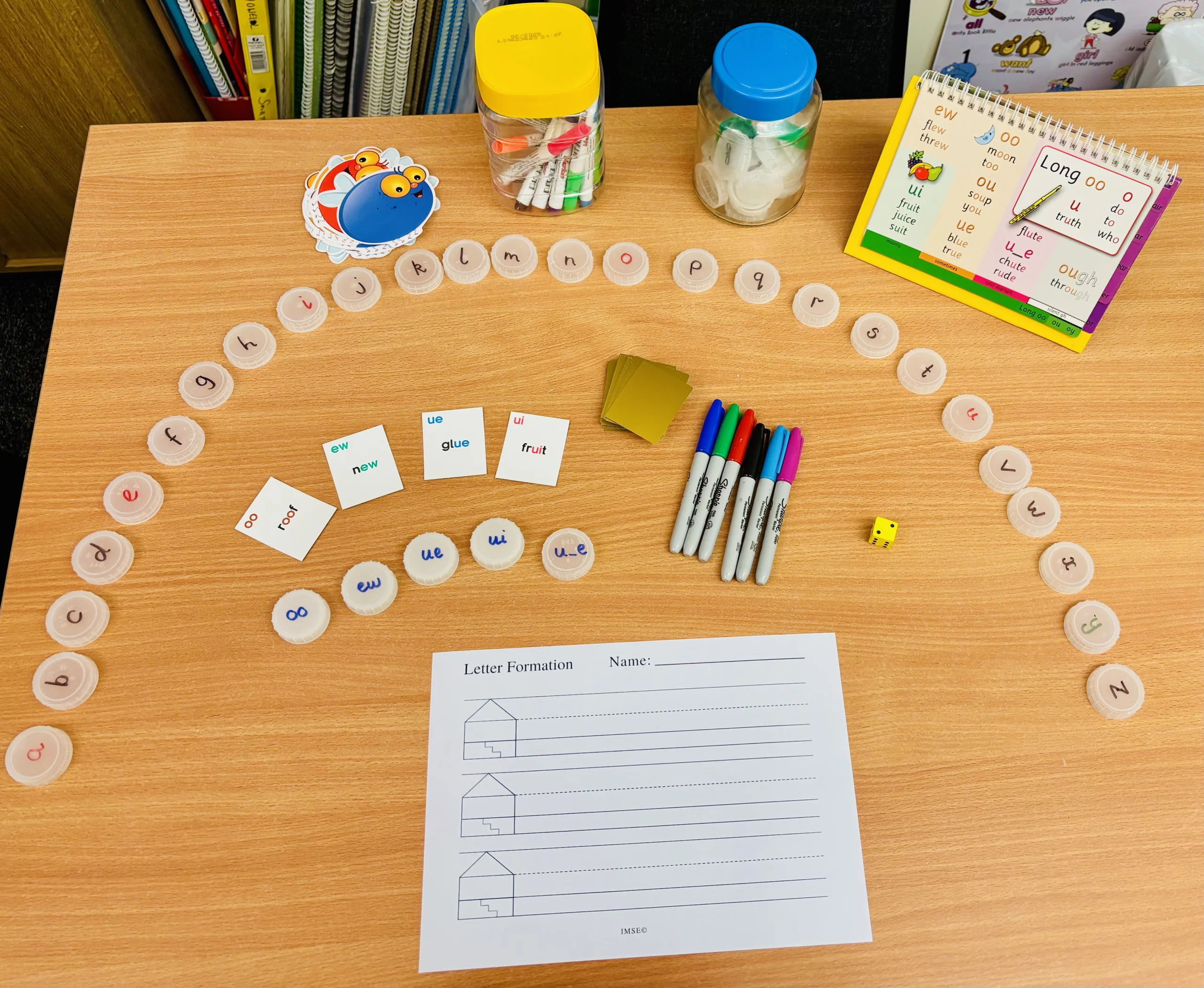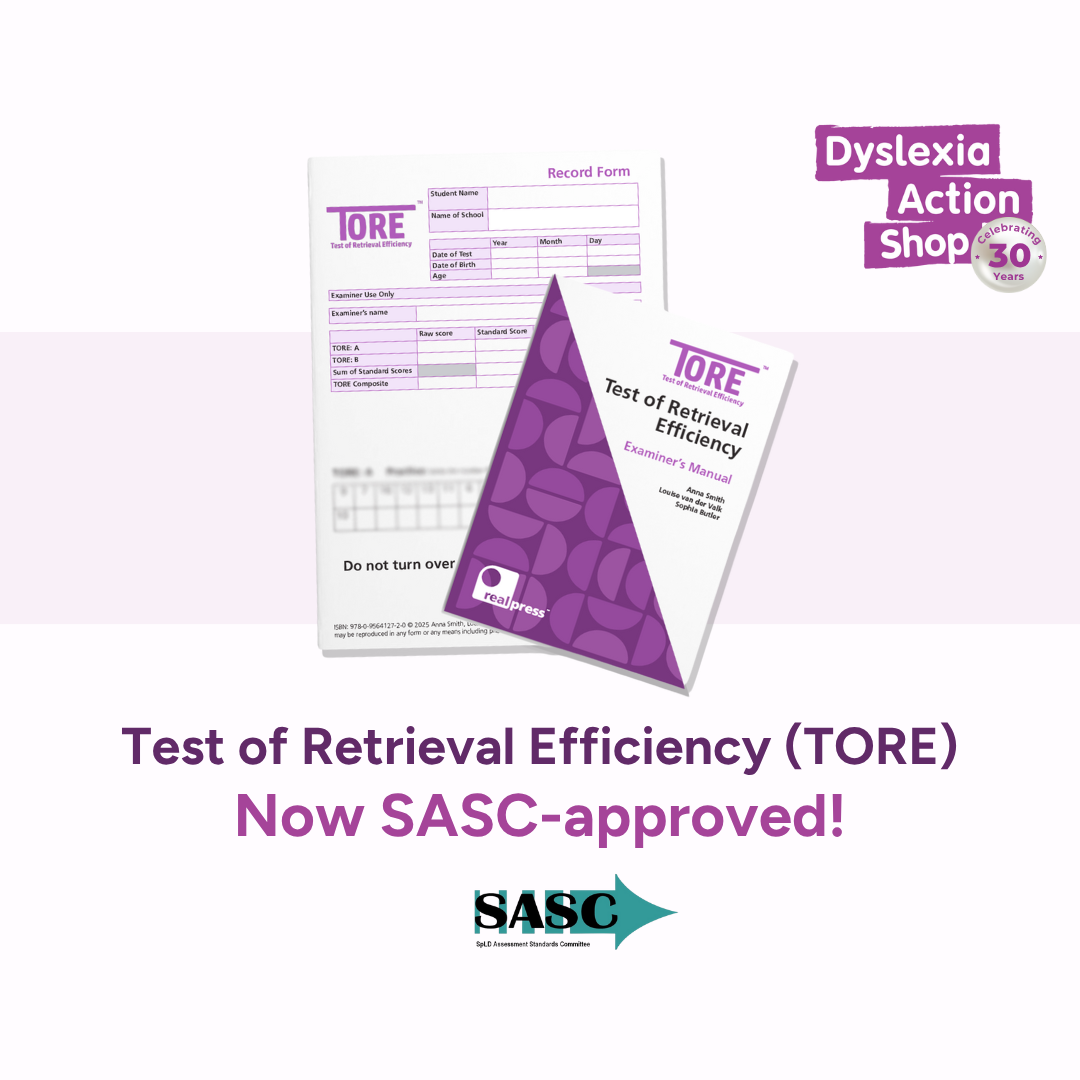What are the reforms?
“First, I think it is useful to remind ourselves why reform was considered necessary:
- Two million children and young people identified as having a special educational need or who are disabled.
- Life outcomes are disproportionately poor.
- Post-16 young people with SEN are more than twice as likely to not be in education, employment or training (NEET) as those without SEN.
- Children and young people can feel frustrated by a lack of the right help at school or from other services.
- Children’s support needs can be identified late.
- Parents/carers say the system is bureaucratic, bewildering and adversarial.
- Parents/carers have had limited choices about the best schools and care.
“Few would argue that things need to change. Indeed, many would argue that the systems had become the primary focus of provision – not the child/young person themselves. There is a clear need to move away from a medicalised, process-driven model, to a system that allows for a more fluid approach that genuinely keeps the young person central to all decisions and provision. It’s about being a good advocate:
‘To be a modern SENCO many skills are needed. Most importantly, in my view, is to have a solid philosophical base from which to start your work. From there you need to be able to advocate for students and parents/carers but also mediate and listen.’
(Quoted from Gareth’s ‘The 21st-century SENCO’)
“There was a real need for change; however some of the processes supporting the trials and developments of the legislation could have been more effective. We can’t go back now, but, as SENCOs, we can have a real impact on the future through our practice.”
As a practising SENCO at a large school, how will you implement the reforms?
“Before we tackle this question, we need to recognise that the provision for young people with SEND has to be part of a whole-school approach – not, as in the worst examples, a ‘bolt-on’ or part of a medicalised model. During 2012-13, I wrote, developed and delivered over 20 national sessions for nasen’s ‘Whole School Approach to Improving Access, Participation and Achievement’ web pages. They are as current now as they were then.
“The key for SENCOs is not about implementing or doing, but about a shift in culture. No amount of intervention can make up for poor quality teaching. Indeed, the bedrock of any school is the teaching and learning. The teaching and learning should revolve around additional interventions (a graduated response) that follow from specific data that, when taken together, support a targeted approach.
“I would encourage you to:
- Download the nasen slide pack.
- Download and adapt this presentation and present it to your staff using INSET time to let your staff know about the key changes that they can expect to encounter.
- Read the rest of this interview and incorporate any additional points into your presentation.
- Stay calm – you don’t have to do everything from 1 September, there is a transition period and this will allow schools to respond in a manner that matches their particular circumstances.
- Keep parents/carers informed, train staff and keep the young person at the heart of everything that you do.”
What key impacts will the SEN reforms have on your role and your setting?
“While Pathfinders attempted to trial some key elements of reform, many trials haven’t provided scalable options and few have a tangible evidence-base that supports implementation. I saw an opportunity to develop provision alongside existing systems. We moved towards a single category two years ago, supported by our well-established whole-school approach to provision.
“I want to create a sustainable provision that meets the needs of our students as early as possible. We have a trainee educational psychologist (TEP), our own speech and language therapist (SALT), a psychotherapist and (from September) a drama therapist one day per week. I don’t want to wait for a completed form or evidence a period of failure. All the roles can be supported by simply thinking and structuring differently. They don’t cost much more than TA roles (£15k for TEP; £16k for term-time SALT, etc.) and provide increased flexibility.
“Also, do bear in mind the findings of the Lancashire Judgement (1989). It ruled that it was as important to be able to speak and communicate as it was to read and write. And yet, we have amazing literacy interventions and systems of support, but very little SALT input. This will be reinforced in the new arrangements – so do consider working with your NHS Trust and clinical commissioning group (CCG) to ensure that there is more SALT input. Our evidence suggests that this approach can have a significant impact. Also, take a look at the following illuminating resources:
What challenges will you encounter and how have you/will you overcome them?
“The main challenges in any change or reform are misinformation and understanding.
- Most importantly, keep yourself informed with as much impartial information as possible – and then consider the reality of this in light of your setting/the area your school serves.
- Know the parameters in which you work – as mentioned later in this interview, the best thing I did as a new SENCO was to undertake legal training.
- It’s your profession, so be accountable.
- Find solutions, as a SENCO it’s one of your key skills, so apply it to new ways of working that not only meet your children’s needs but also provide them with the best possible outcomes.”
The Code advocates a move to a single category. Are you prepared for this change and, if so, how have you gone about preparing for this?
“In my school, we (effectively) moved towards a single category two years ago. This had little impact upon the provision and outcomes, not only due to the manner in which we work (as part of a whole-school approach), but also the fact that we expect every teacher to be responsible for all young people – irrespective of their need/starting point. Too often, School Action (SA) and School Action Plus (SAP) supported a medicalised model based upon failure – waiting to ‘evidence’ six months’ struggling before being ‘allowed’ by LA gatekeepers to provide what was blatantly needed anyway. However, different schools are in different places with regard to this.
“If your school is very focused on the SA/SAP process, then I’d suggest that you focus on a shift in culture. Most SA students should have their needs met through quality first inclusive teaching (QFIT), so there really shouldn’t be a need to ‘label’ them just because they are learning differently, at a different pace, or have specific needs that can be catered for with well-resourced and adapted teaching and learning.
“We ditched IEPs and introduced student passports five years ago. This is part of the whole-school approach that I spoke about earlier and is vital to meeting individual needs.
What do you think an education, health and care plan (EHCP) will look like?
“Many EHCPs are not legally compliant, even those showcased from Pathfinder work. I would advise you to read IPSEA’s ‘EHC plan checklist’ for the best guidance on this.
“The checklist sets out what must legally be included as a minimum in any EHCP (‘EHC plan‘) issued by a Local Authority (‘LA‘) under Part 3 of the Children and Families Act 2014 (section 37) and the SEN Code of Practice. Implementation is currently intended to start from 1 September 2014. The checklist will be updated soon, as the new SEN Regulations and SEN Code of Practice received final approval on 29 July. An EHCP should always reflect the following four key statutory principles:
- The views, wishes and feelings of the child and his or her parent, or the young person.
- The importance of the child and his or her parent/carer, or the young person, participating as fully as possible in decisions relating to the exercise of the function concerned.
- The importance of the child and his or her parent/carer, or the young person, being provided with the information and support necessary to enable participation in those decisions.
- The need to support the child and his or her parent/carer, or the young person, in order to facilitate the development of the child or young person and to help him or her achieve the best possible educational and other outcomes.
(Children and Families Act 2014, part 3, section 19, IPSEA additions in bold)
“Plans should be ‘clear, concise, understandable and accessible to parents, children, young people, providers and practitioners’. The law also requires needs and provision to be ‘specified’, which case law has established means no vagueness, especially in the provision sections. This was also the case with statements; however with EHCPs providing a better focus on outcomes, I hope that they will be much more effective. Regional variance may prove an issue, although with specified sections and the Act being quite specific, I am hopeful that we will not see a postcode lottery.
“Remember, any new assessment request from 1 September will be for an EHCP – so no ‘new’ statements will be processed after 31 August 2014… and Lord Nash clearly stated that any child with a statement currently should have an EHCP; thresholds shouldn’t be different.”
For children with less complex needs, SEN support will replace School Action and School Action Plus. How will you ensure a smooth transition – whereby the appropriate support is available to allow this to happen?
“It is essential that schools provide, as a baseline, quality first inclusive teaching (QFIT). One of the main parts of my SENCO role is training staff and supporting their development. When staff are observed and usual appraisal processes undertaken, as part of good practice, every teacher and member of the support staff should have at least one SEND-related target strategy. Training is vital and has been such a significant element of my role over the last decade or so. You can’t change everything overnight, but starting with a clear audit of existing skills and need and delivering training to support that need is an important part of this process and makes up the whole-school approach that I have already touched on.
“You can get a practical flavour of this approach and access many of these materials in the following training pack: SEND for Classroom Teachers: Providing quality first, inclusive teaching” (enter discount code GFM25 at checkout to get 25% off).
|




 If you have any questions about the prospective Code of Practice, or there is anything that you would like us to feature in future issues, please
If you have any questions about the prospective Code of Practice, or there is anything that you would like us to feature in future issues, please 

